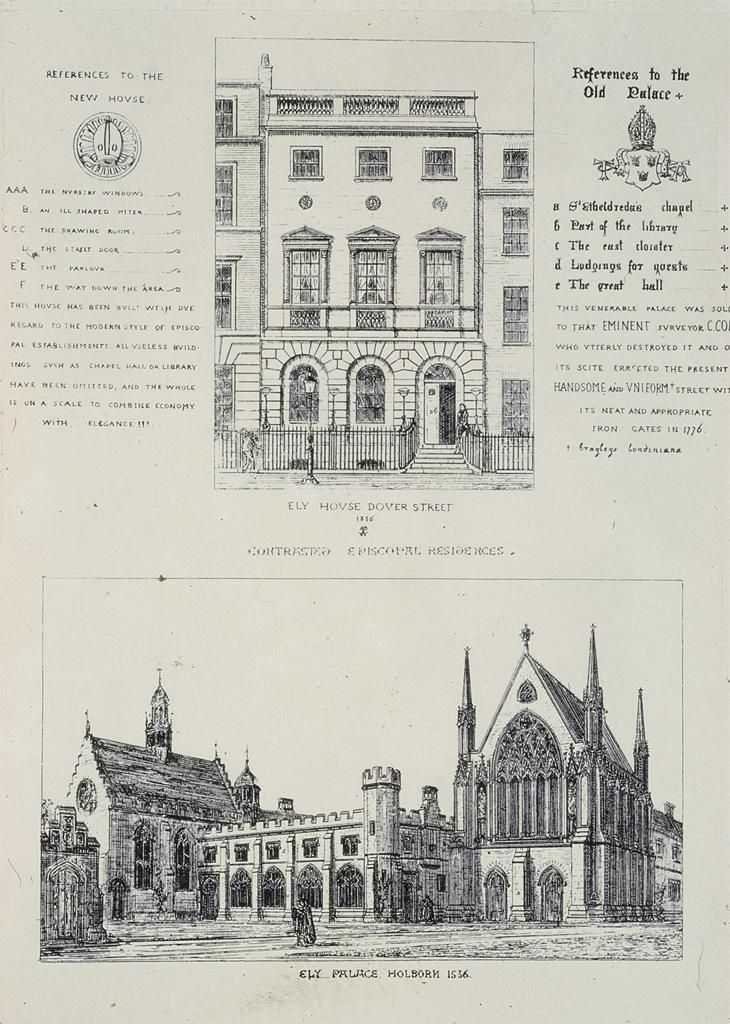Pt. 1 Relevance of a library in a design school
With the advent of the digital age, imformation is becoming more and more accessible to users anywhere. Technologies such as laptop, tablets and smartphones combined search engines like Google and online encyclopedias like Wikipedia allow users to easily get information on any subject matter which a click of the mouse or a swipe of the finger. Books are also envolving into the digital world with the influx of eBooks and online data. This thus seem to suggests the irrelevancy of libraries, the act of physically going into a library and pouring through books to look for specific information seems cumbersome and redundant.
However, it is precisely because of the widespread of information online that libraries are evermore important. With information flowing from every corner of the world, it is becoming hard to determine relevant and unbiased information online. Sites like Wikipedia can be edited by anyone, the lack of vetting when it comes of information online means that inaccurate and biased opinions can be put up and passed for the truth. The books in the library however have gone through a vigorous process of editing and reviews and are written by individuals who are experts in their field and thus knowledge gained is relevant and most importantly authoritative, allowing for successful research based on reliable information.
We must also not forget that as the world progress in the digital age, libraries, especially those found in university campuses are also keeping up with the growth of technology. For example, Victoria University of Wellington (VUW) library at Te Aro campus offers a wide range of services and material from loaning of equipment to facilitate research to inclusive and extensive databases allowing students to access to useful materials in the library both physically and virtually. This is especially useful for design students when it comes to their research as books in the libraries contain rich materials as compared to those online that can educate the students in historically important designers, for example, and at the same time be inspired by their words and work.
Lastly, this quote from the introduction from Robert Darnton's The Case for Books: Past, Present, and Future accurately summarizes the reason for the continued importance and relevancy of libraries: "And the library? It can look like the most archaic institution of all. Yet its past bodes well for its future, because libraries were never warehouses of books. They have always been and always will be centers of learning. Their central position in the world of learning makes them ideally suited to mediate between the printed and the digital modes of communication."
Pt. 2 Research theme: Augustus Welby Northmore Pugin
Powell, C. (2006). Augustus Welby Pugin, Designer of the British Houses of Parliament: the Victorian tuest for a liturgical architecture. Lewiston, NY: Edwin Mellen Press.
Curtis, W. (2012). Reputations: Augustus Pugin. The Architectural Review, 231(1383), 102-103.
Victoria and Albert Museum. (1994). Pugin: a Gothic passion. New Haven, CT: Yale University Press.
Hill, R. (2007). God's architect : Pugin and the building of romantic Britain. London, England: Allen Lane
Pt. 3 Images

Pugin, A.W.N. (1848). Florentine Silver Dish [Metalwork]. Victoria and Albert Museum, London. Retrieved from Victoria and Albert Museum Online database.

Pugin, A.W.N. (ca. 1812--1852). Contrasting view of Bishop's residence in 1536 & 1836 [Drawing]. Retrived from ARTstor Online database.
Labels: dsdn171, dsdn171.task1.handin
Post a Comment